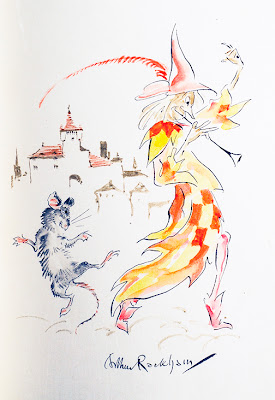

Slave maker 3 aeris lesbian images series#
Some of the ants they hope to collect will be put through a series of tests in the lab to see how they react to different situations. How, and why, did it evolve into a benign parasite? Herbers expects to find many other colonies this summer, now that she and her researchers know exactly what to look for, and they hope to piece together the social evolution of the diminutive minutissimus. They must be doing something worthwhile or the host would kick them out.

Herbers is launching an investigation to learn "how these ants make a living," as she puts it. So how does minutissimus manage to live in harmony as a parasitic resident in another species colony? If you can get them when they are young enough, you can indoctrinate them to be slaves," Herbers says. These slave makers can exploit the fact that the larvae have no idea where they belong. "One thing that's peculiar about ants is they learn who they are by smell only after they have hatched and become workers. They steal the larvae and take them back to their own nest and wait for them to hatch out as worker ants. What they are after is not the adults, but the larvae. "They kill off any adults that try to resist the attack. "Slave makers will enter a host colony and start pitched warfare," she says. That's a very different lifestyle from the "slave maker" ants she has studied for so long. Herbers wants to find out how they do that without bloodshed. So to survive, the ants must invade another colony and take up residence as parasites. "It has lost the worker class," Herbers says. The species has evolved to the point that it no longer has worker ants that forage for food and carry out other chores. Leptothorax minutissimus had only been found in four other areas of North America, and the species has baffled biologists ever since it was discovered in 1942 in Washington, D.C. "'I went over there and looked at it and said 'Oh my god, you've got minutissimus."' The acorn had tiny ants, each about the size of the tip of a ball point pen, and Johnson put them under a microscope for a closer look at a "really weird looking queen," Herbers recalls. But that changed a few months ago when one of her researchers, Chris Johnson, returned to the lab with an acorn she had picked up in a city park. Herbers is dean of Ohio State's College of Biological Sciences, and she is one of the country's leading ant experts, so she's not often stumped when she peers inside the usually violent parasitic relationship between slave-maker ants and their hosts. That's pretty much against the rules of the ant kingdom.


 0 kommentar(er)
0 kommentar(er)
